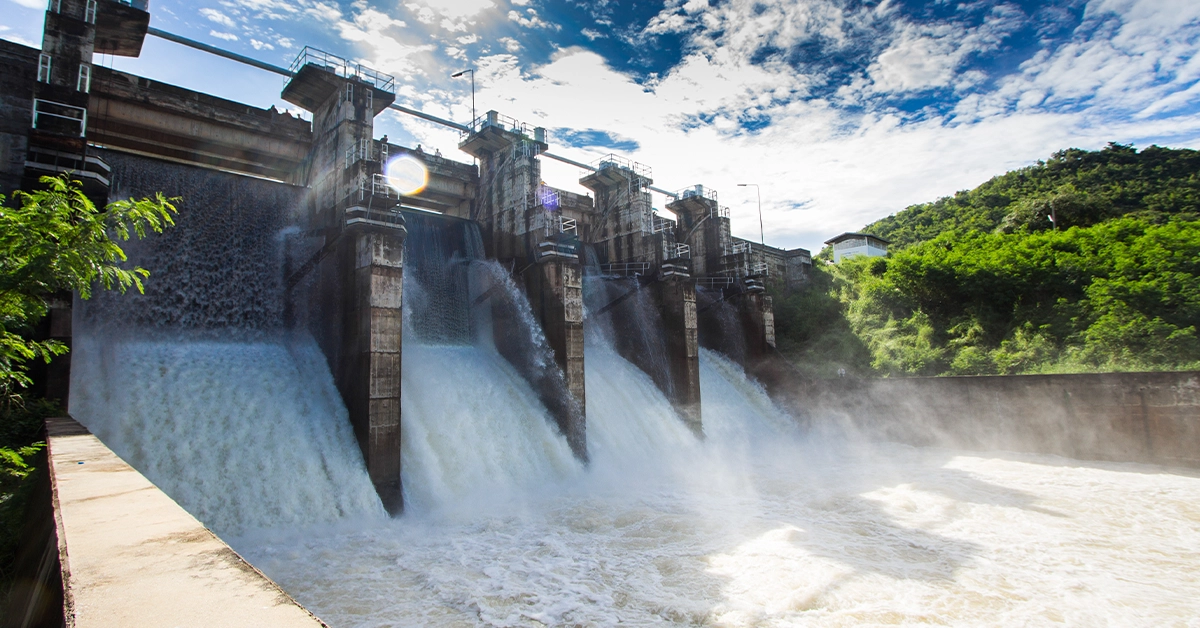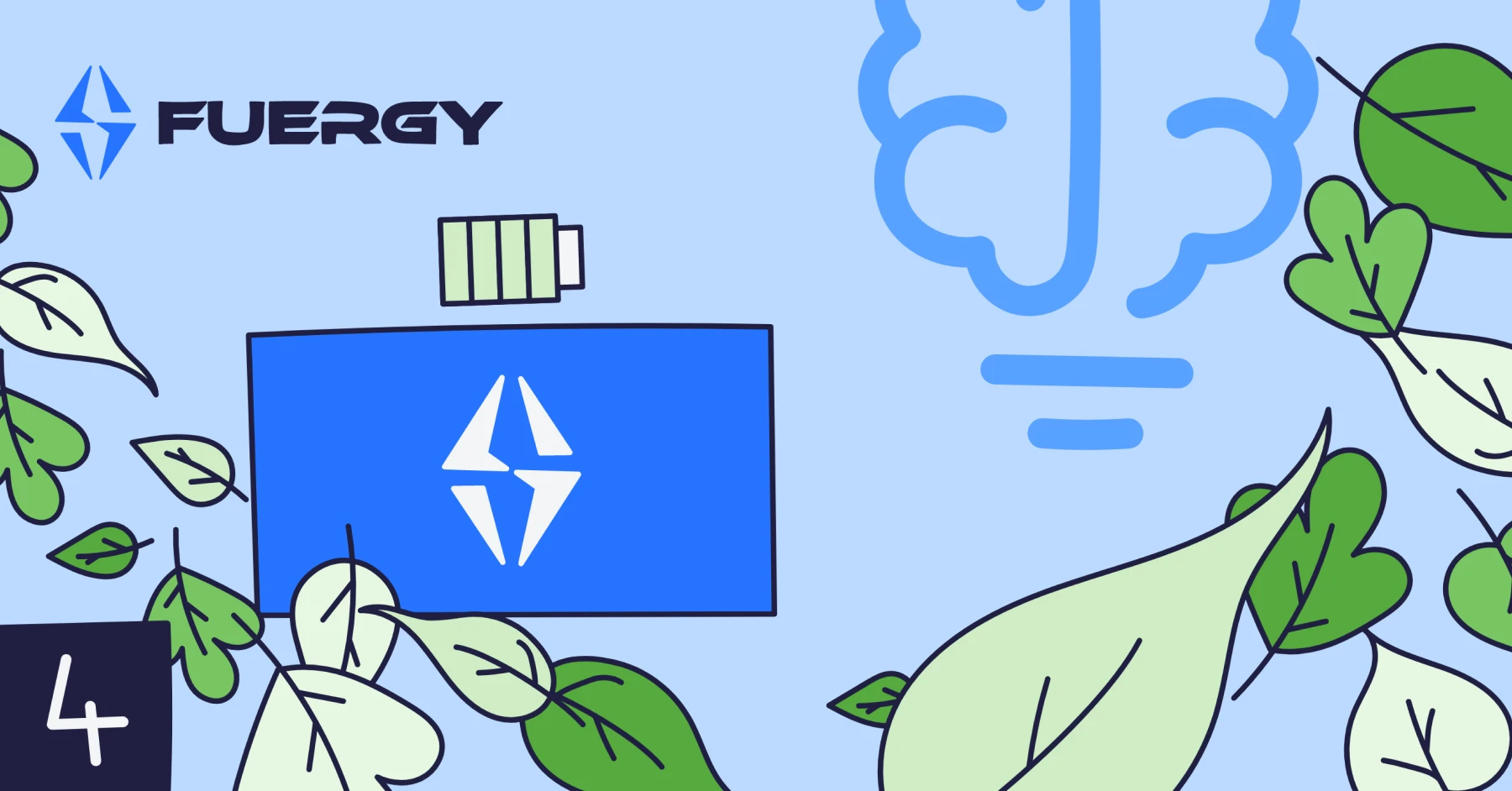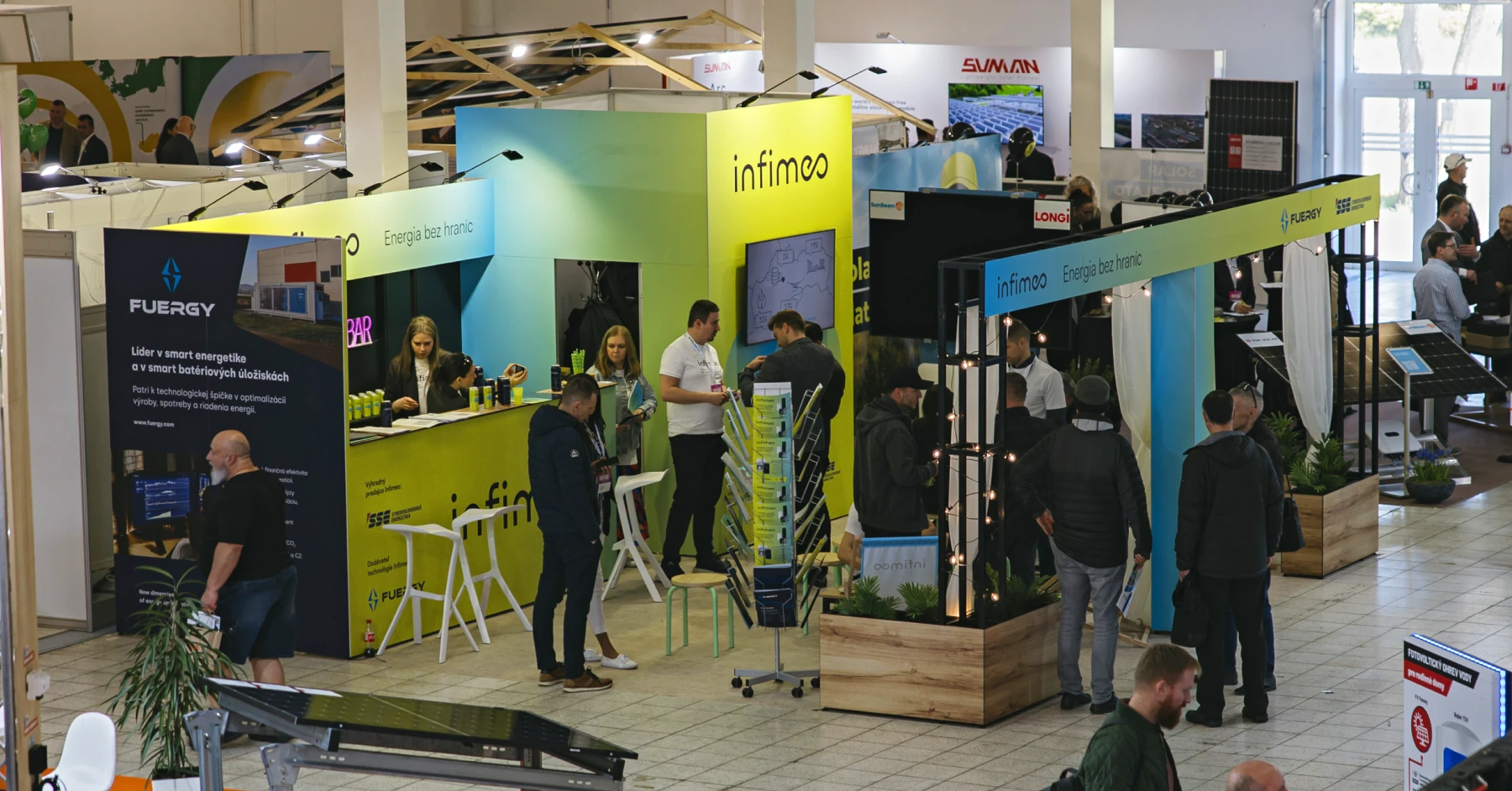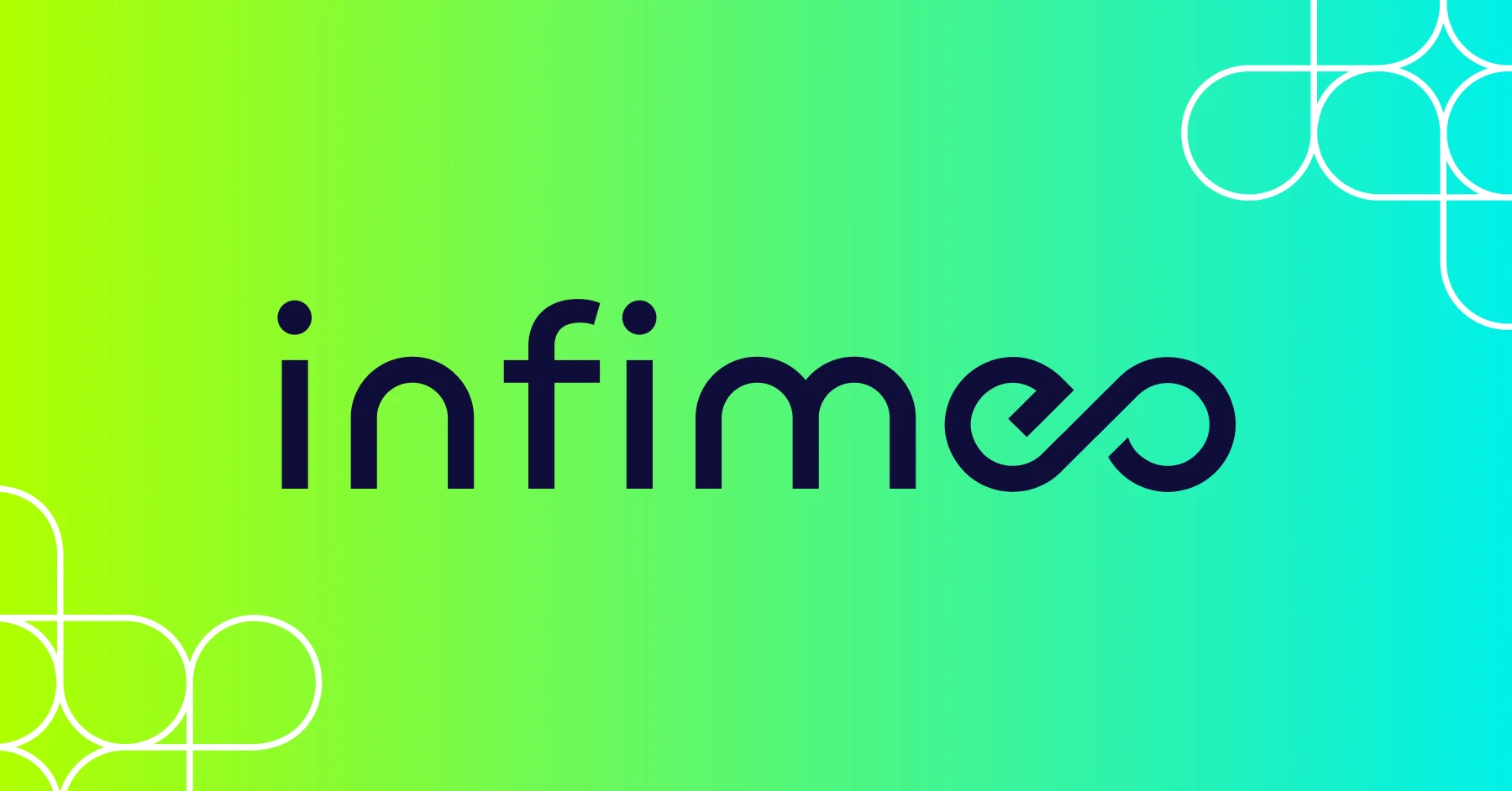
After all, thanks to the usage of this silent yet powerful renewable instead of coal, in 2017, the world was spared of up to 4 billion tonnes of greenhouse gases, and a 10 % growth in global emissions from fossil fuels and industry was prevented. So why exactly is hydropower such an important addition to the renewable palette?
The Power of Water
Hydropower represents a highly flexible and versatile option that can power both a single home or a large industrial facility. It’s based on the creation of mechanical energy through moving water. The element has the power to spin rotors on a turbine that can be placed in different types of water settings. From water mills used for thousands of years, we have now seen the energy harnessed through way more modern solutions.
According to the IHA (International Hydropower Association), there are four broad hydropower typologies.
- The run-of-river hydropower describes a facility that channels flowing water from a river, canal, or a penstock to spin a turbine and power its own energy supply.
- The storage hydropower usually consists of a larger system using a dam to store water, with the released water being used to turn a turbine.
- On the other hand, pumped-storage hydropower has the capacity to harness water cycled between a lower and upper reservoir by pumps which use surplus energy from the system at times of low demand.
- And lastly, there is offshore hydropower, using tidal currents or the power of waves to generate electricity in the seas.
Hydroelectric Potential
With these different options, who are the global leaders in hydropower? With nearly half of global added installed capacity, China is the global powerhouse of hydroelectric power, followed by Brazil, India, Portugal, and Angola. Likewise, Canada, USA, and the EU also contribute significantly. However, there’s still a lot of untapped resources and potential to be developed, especially in Latin America, Central Africa, and various Asian countries.
In Europe, hydropower is a major source of renewable energy, creates some 600 TWh of clean electricity in 2017, meaning 12 % of the continent’s electricity production. Especially Norway has been a major hydropower player: out of its impressive amount of all energy production coming from renewables, 95 % of Norway’s net energy comes from hydropower, making the nation the largest producer of hydroelectricity in Europe.
The Future of Hydropower
According to the European Commission, hydropower is a mature technology but there are further opportunities to optimize the mechanical execution and upgrade existing plans. At the same time, the institution recognized that the option to harness energy from smaller reservoirs – without the need to construct massive dams – holds much promise. And similar sentiments were expressed by the governments of China, Brazil, and many Balkan countries, who have passed policies promoting small hydropower solutions.
This is particularly important because of the often cited negative environmental impact of mass dams. But with emerging opinions about the unconvincing benefits of minor reservoir solutions, we are definitely likely to see more research in this field in the future to optimize the generation of energy by water.
To read more about hydropower, other types of renewables or how FUERGY deals with energy optimization and microgrids, feel free to visit our website and subscribe to our newsletter.
New dimension of energy optimization





